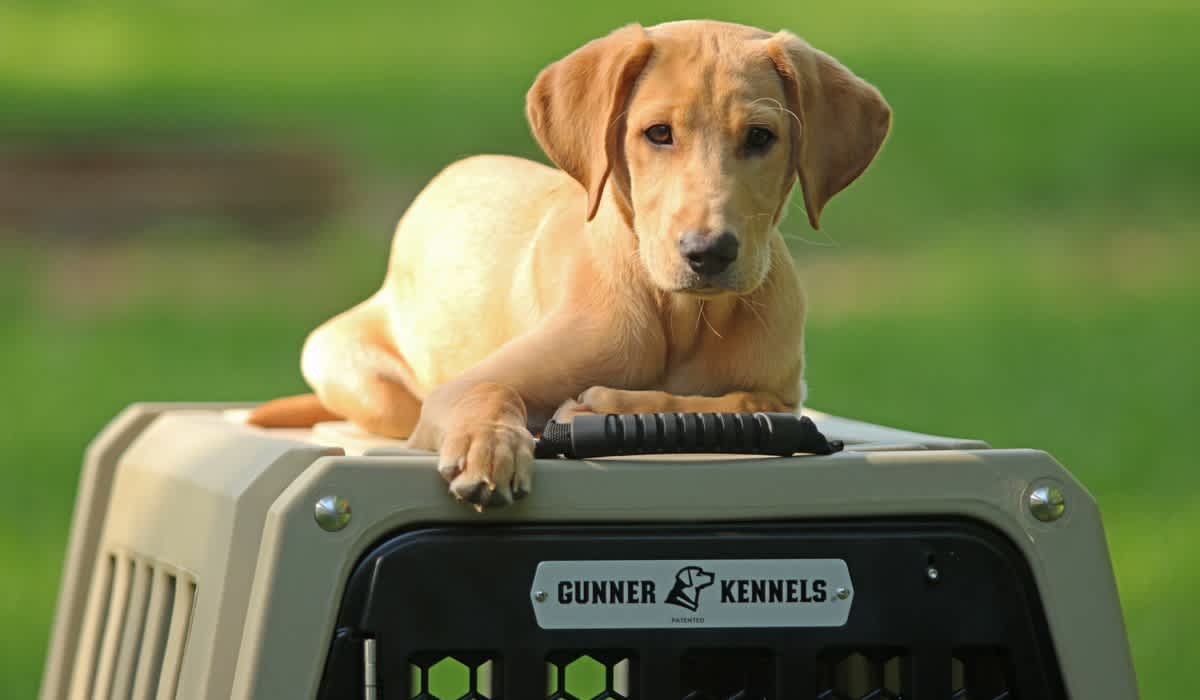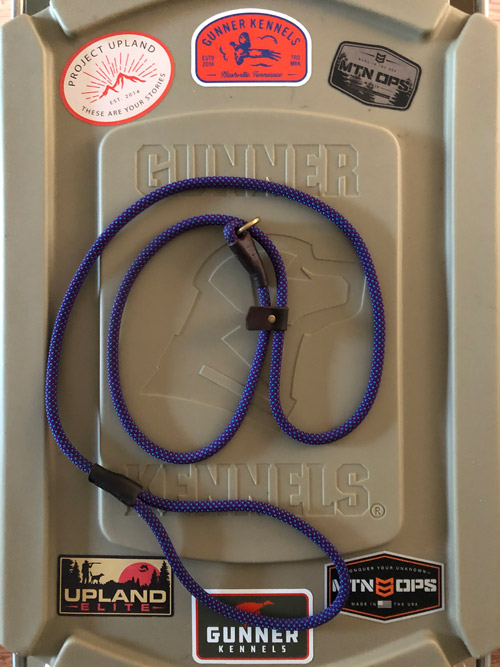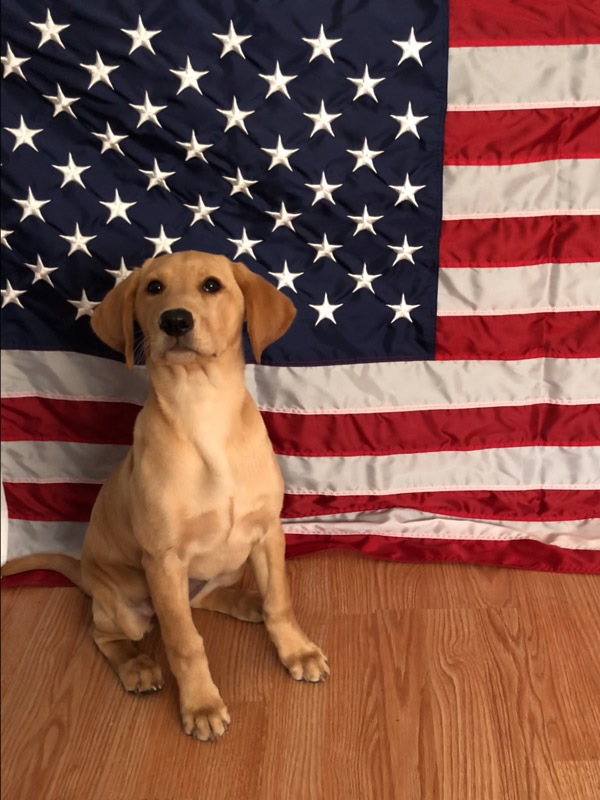Life Will Never Be The Same: Bringing Home My First Gun Dog
OutdoorHub Reporters 07.03.19

This article is the first installment of a series detailing the adventures with my very first hunting dog. My plan is to bring you, the readers, along the way to follow my journey filled with certain failures, learning experiences, and victories as I navigate the waters of my first hunting season with my fanatically skilled puppy – who probably wants to know how she got selected to show the ropes to a novice bird hunter like myself.
First things first, my decision to dive into this world of gun dogs was not one made on an impulse.
I recently expanded into upland and waterfowl hunting within the last few years, and after a trip to northern Michigan to chase ruffed grouse and woodcock over a team of German Shorthairs, I was sold before we even made it out of the first cover. Watching those dogs work and seeing their natural instincts come alive was incredible, and I knew right then I would need a hunting dog of my own one day.

Little did I know, that would be the easiest decision of this entire journey. The hard part would be narrowing down which breed of hunting dog to hunt over.
Starting out, I only knew I wanted a loyal, hard-nosed hunting companion who is as eager to learn as I am. See, I have a lot to learn about both waterfowl and upland hunting, so the dog will need to have some patience with a rookie bird hunter..
Allow me to reiterate, I’m by no means an expert on dogs or bird dog training. So, in the last few months, I’ve been completely immersed in podcasts, websites and books to try and pick up on as much information as I could from folks who do know a little something about this dog stuff. On that front, The Hunting Dog Podcast, as well as the HP Outdoors Waterfowl Podcast have been a huge help with both waterfowl and upland hunting advice. I’ve been able to pick up some great dog training tips from guys like Barton Ramsey of Southern Oak Kennels and Justin McGrail from Black Creek Training Center.
Below are just some very basic items I’ve been recommended for getting started:
Small Feeding Bowl:
Use this to feed your pup in his/her kennel. This is important, because it will help your dog associate the kennel with something positive, therefore making it a safe and comfortable place for them to hangout and chill. Think of this space as their own “bedroom.”
Leash/Slip Lead:
This is really a matter of preference, but I’ve found slip leads to be very versatile. I went with this one from Sophie’s Leash Legacy. All of their leads are hand made using premium certified rock climbing cord, double stitched kodiak leather accents and solid brass hardware. Plus all their products are guaranteed to never fail.

Gunner Kennel:
By borrowing a page from Yeti Cooler’s playbook, Gunner Kennels double-wall, rotomolded design is changing the game. It wasn’t long ago folks could hardly imagine spending more than $100 on a cooler, yet these days, most of us can’t remember how we ever survived a camping trip before Yeti came along. True, their coolers do run on the expensive end, but by constructing a cooler that extends the life of ice from only a few hours to staying frozen for days, Yeti accomplished something no other brand at the time could. I see Gunner Kennels providing the same type of quality for dog owners.
In its testing, Gunner Kennels found their crates are able to withstand an incredible amount of force exceeding 4,000 pounds. Your more traditional – and poorly constructed – dog crates can barely function properly after just one hunting season. Forget about standing up to the forces created in a car wreck.
Testimonials from other Gunner owners speak for themselves..
And when you really start weighing options, a Gunner won’t take up nearly as much space in truck beds when compared to other heavy duty dog boxes, which allows for more room in the truck for shotguns and other hunting gear.

Whistle:
This is another decision that’s really just a matter preference, but whistle training is something you will use with your hunting dog on just about every hunt. So, you’ll want to sharpen this skill throughout the dog’s entire life.
Clicker:
I have been clicker training my dog and it really seems to make a big difference in her training. I’ve been told over and over how it’s a super effective way to help translate to your dog that he/she is doing what you want, and so far, that seems to hold true – Especially with a young pup who’s attention is not easy to hold for very long..
Chew Toys:
This one comes with a little bit of debate. Some say chew toys can lead to a “hard mouth” or other bad habits down the road, but from what I’ve read and listened to, chew toys are perfectly fine. They can help give your new pup something to do in the kennel if they get bored, and really come in handy when they start teething and want to work those teeth.
Before long, I plan on taking my new pup, Stella, and introducing her to birds, water and gun fire. These are all very important introductions that must be a positive experience for her. But, after watching her grow and figure things out super quickly, I don’t have any real concerns about it. And while I’m certainly anxious to see her progression, I’m going to follow the advice I’ve been listening to and slow down.
Stay tuned to see Stella’s next steps!


